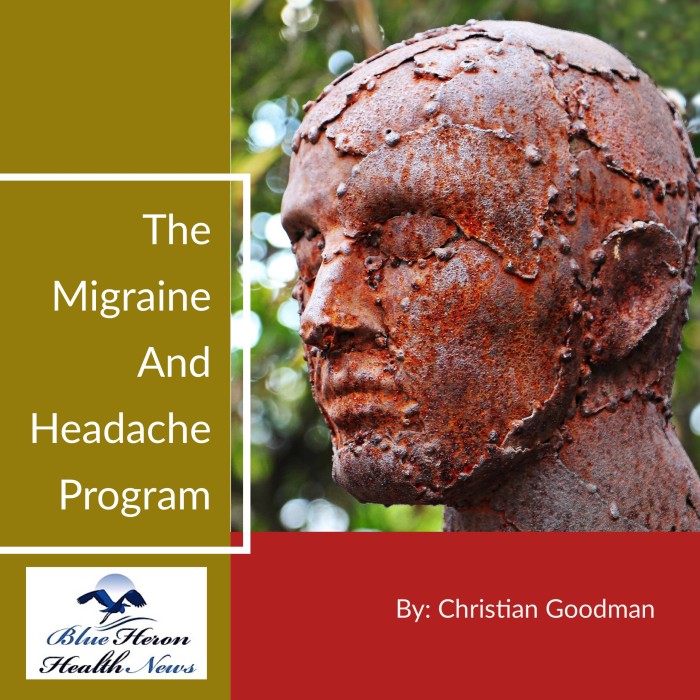
The Migraine And Headache Program By Christian Goodman This program has been designed to relieve the pain in your head due to any reason including migraines efficiently and effectively. The problem of migraine and headaches is really horrible as it compels you to sit in a quiet and dark room to get quick relief. In this program more options to relieve this pain have been discussed to help people like you.
How accurate are blood tests in diagnosing underlying causes of migraines?
Blood tests are not typically a first-line diagnostic for migraines themselves but could be employed to detect any underlying cause or trigger that would add to the condition. For example:
Thyroid Function: Blood tests could possibly reveal thyroid imbalances (hypothyroidism or hyperthyroidism) that occur with migraines.
Electrolyte Disturbances: Blood tests can reveal dehydration or disturbances in electrolytes like sodium, calcium, or magnesium, which can induce headaches.
Vitamin Deficiencies: It is possible to use tests in order to diagnose deficiencies of vitamins like B12 or vitamin D, which are associated with headache disorders.
Inflammation or Infections: Blood tests may be utilized to identify markers for inflammation (e.g., CRP or ESR) or infections that produce secondary headaches.
Hormonal Imbalances: Tests may be performed in order to detect hormonal imbalances (e.g., estrogen or progesterone variation) that could lead to migraines, especially in women.
Genetic Factors: Occasionally blood tests may potentially identify genetic markers that predispose an individual to migraines, though this happens less frequently.
Most of the time, therefore, blood tests are not diagnostic of the migraines themselves, but may instead serve to rule out or identify potential causes of the migraines. A comprehensive system, with extensive medical history and physical examination, is usually necessary for accurate diagnosis.
Early warning signs of a migraine are unique to each individual, but some common symptoms to look out for include:
Prodrome (Pre-headache phase):
Mood alterations: Especially irritable, anxious, or depressed.
Changes in appetite or cravings for certain foods.
Fatigue or feeling excessively drowsy.
Stiffness or tenderness in the neck.
Yawning often.
Constipation or diarrhea.
Aura (Not always experienced):
Visual disturbances: This may be flashing lights, zigzag patterns, blind spots, or temporary blindness.
Numbness or tingling: Face or hands.
Slurred words or difficulty expressing clear thoughts.
Headache (Main phase):
Pulsating or throbbing headache, generally on one side of the head.
Nausea or vomiting.
Sensitivity to light, sound, or smells.
More pain with movement.
Migraine can start quietly, with people becoming conscious of prodrome symptoms several hours or even days before headache begins. If you notice them early enough, you may be able to do some preventive things like resting, hydrating with water, or taking medication to reduce the intensity.

The Migraine And Headache Program By Christian Goodman This program has been designed to relieve the pain in your head due to any reason including migraines efficiently and effectively. The problem of migraine and headaches is really horrible as it compels you to sit in a quiet and dark room to get quick relief. In this program more options to relieve this pain have been discussed to help people like you.